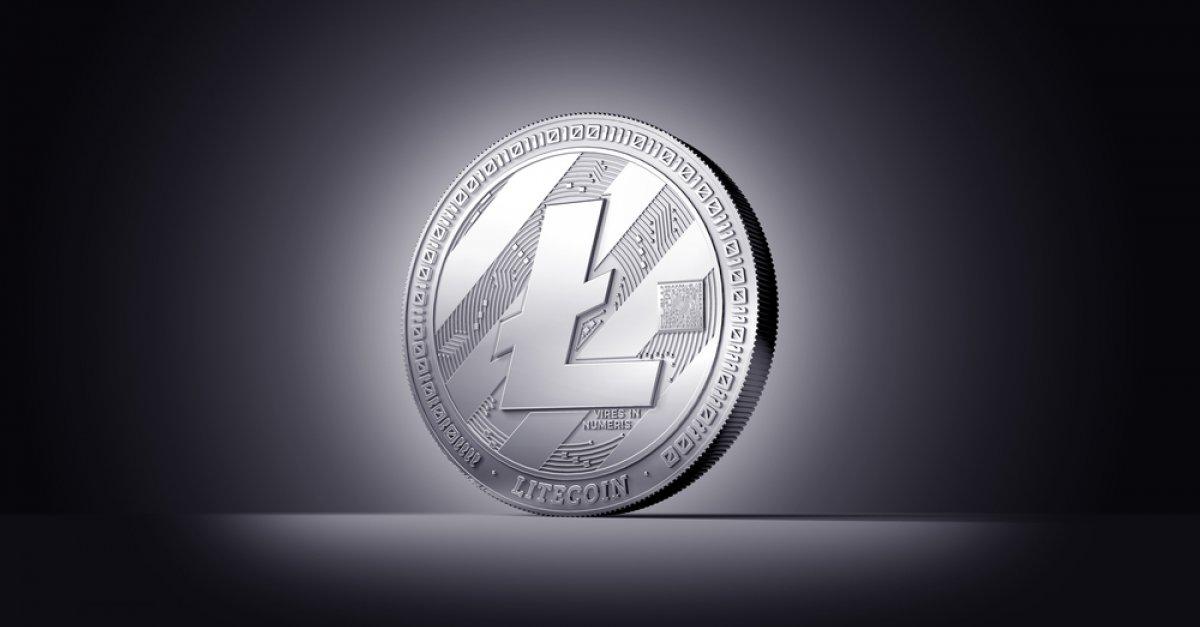On May 22, 2010, programmer Laszlo Hanyecz purchased two pizza vouchers for 10,000 bitcoins, marking the beginning of the cryptocurrency revolution with this "most expensive lunch in history."
Fifteen years later, Bitcoin has transformed from a geek toy into a digital gold with a market value of over a trillion dollars, and behind it has emerged a wild and creative crypto jungle—from the rational fortress of stablecoins to the carnival of meme coins, from the shadowy maze of privacy coins to the artistic utopia of NFTs, each cryptocurrency is writing its own survival rules.

1. Bitcoin: The "Genesis Block" of the Crypto World
If cryptocurrency is an epic, Bitcoin is undoubtedly the opening creation myth. The seed sown by Satoshi Nakamoto during the 2008 financial crisis has completely overturned humanity's understanding of currency and trust through blockchain technology.
Its decentralized design acts like a sharp blade, piercing through the bloated shell of the traditional financial system; its total supply cap of 21 million coins is a silent protest against the chronic issue of unlimited issuance of fiat currency.
Today, Bitcoin has long surpassed its original positioning as a "payment tool." When El Salvador adopted it as legal tender, when BlackRock applied for a Bitcoin ETF, and when Argentinians used Bitcoin to combat a 100% inflation rate, this "digital gold" is becoming a new value anchor in the era of globalization. As Wall Street analyst Michael Saylor said, "Bitcoin is not for buying coffee; it is a battery for storing the future of human civilization."
2. Altcoins: The Innovative Experiments of Rebels
The success of Bitcoin ignited a spark in the crypto world, and the birth of Ethereum caused this fire to spiral out of control. Vitalik Buterin opened Pandora's box with smart contracts, and from then on, altcoins were no longer mere imitators—they either attempted to fix Bitcoin's flaws (like Litecoin speeding up transactions), or opened new battlefields (like XRP focusing on cross-border payments), or even directly redefined the boundaries of blockchain possibilities like Ethereum.
Among these "rebels," some proclaim "Bitcoin is old," some are focused on building Layer 2 solutions, and others direct their criticism at traditional financial giants. In 2021, when Ripple engaged in an epic lawsuit with the U.S. SEC over whether XRP is a security, the entire industry witnessed a battle for financial discourse power. The chaotic competition among altcoins may be noisy, but it is precisely this disorderly competition that has birthed the most exciting evolution of blockchain technology. 
3. Stablecoins: The "Calm Agent" in the Crypto Frenzy
As Bitcoin's price fluctuates like a roller coaster, USDT and USDC quietly play the role of market ballast. These stablecoins, pegged 1:1 to the U.S. dollar, act like a calming agent injected into the crypto world—they retain the efficiency and transparency of blockchain while avoiding the risks of price volatility.
However, beneath this "stability," undercurrents are stirring. In 2023, Circle, the issuer of USDC, suddenly revealed that 28% of its $33 billion reserves were trapped in Silicon Valley Bank, causing the market to evaporate $3 billion in value in an instant. This crisis exposed the fatal weakness of the fiat currency custody model but also gave rise to decentralized stablecoins like DAI. Today, stablecoins are not just trading mediums; they have become the cornerstone of liquidity in the DeFi world, proving that in the crypto jungle, the most docile species often hold the ecological lifeline.
4. NFTs: The "Renaissance" of Digital Ownership
In March 2021, artist Beeple's NFT work "Everydays: The First 5000 Days" sold for $69 million at Christie's, completely rewriting art history. CryptoPunks pixel avatars, Bored Ape Yacht Club, and even the first tweet NFT from Twitter's founder—these seemingly absurd digital collectibles have sparked a revolution in ownership.
The magic of NFTs lies in their ability to solve the "copying dilemma" of the digital age. When the smile of the Mona Lisa can be infinitely pasted, and when New York Times articles can be freely shared, NFTs carve out unique ownership certificates on the blockchain. This technology not only gives rise to new forms of art but also turns game skins, virtual land, and even personal social media accounts into tradable assets. At the entrance of the metaverse, NFTs are constructing the property law code of digital civilization.
5. Privacy Coins and Meme Coins: The "Dark Side and Carnival" of the Crypto World
When XMR (Monero) users buy coffee with encrypted transactions on the dark web, and when the SHIB (Shiba Inu) community drives the coin price up by thousands of times with memes, cryptocurrency reveals its most contradictory two faces—privacy coins uphold Satoshi Nakamoto's ideal of anonymity, while meme coins turn financial speculation into a form of entertainment for all.
Monero's ring signature technology acts like a digital fog, completely hiding the transaction parties; Zcash's zero-knowledge proof allows for the verification of transaction authenticity without revealing any details. These privacy coins are the holy grail for crypto fundamentalists but have become thorns in the side of regulators. In stark contrast is DOGE (Dogecoin), a meme coin that started as a joke, which, thanks to Elon Musk's tweets and the enthusiasm of the Reddit community, once ranked among the top ten by market capitalization. When finance meets subculture, the boundaries between rationality and absurdity begin to blur.
6. DeFi Tokens: Reconstructing the Financial Babel
In the "DeFi Summer" of 2020, the explosive growth of tokens like AAVE and COMP made decentralized finance a reality. These tokens are no longer simple value storage tools; they have become keys to unlocking a new financial world—by collateralizing AAVE to gain borrowing rights, holding UNI to participate in exchange governance, DeFi tokens are melting traditional financial concepts like equity, debt, and voting rights into new types of rights certificates in the blockchain world.
However, this experiment is far from perfect. In 2022, when the Terra stablecoin empire collapsed and the FTX exchange misappropriated user assets, people suddenly realized: in the ideal nation of decentralization, human greed still exists. The value of DeFi tokens depends not only on the rigor of the code but also tests the wisdom of community governance.
7. Token Economy: The "Cell Division" of Blockchain
On the fertile ground of Ethereum, BAT (Basic Attention Token) attempts to quantify user browsing behavior, while UNI (Uniswap Token) redefines exchange equity. These tokens, parasitic on public chains, act like capillaries of the ecosystem, delivering the energy of blockchain to various fields such as social media, gaming, and storage.
The brilliance of the token economy lies in its "programmability." When STEPN rewards runners with tokens, and when Axie Infinity builds a gaming economy with tokens, the traditional internet model of "traffic-advertising" is being replaced by the "behavior-token" model. This shift is not only about profit-making methods but also signals a fundamental reconstruction of human collaborative relationships.
8. Survival Guide in the Crypto Jungle
Looking back from 2024, the evolutionary trajectory of cryptocurrency is clear: Bitcoin lays the cornerstone for value storage, stablecoins build bridges between fiat and crypto, DeFi tokens deconstruct traditional finance, NFTs reshape digital property rights, while meme coins dissolve the arrogance of serious finance with absurdity.
The survival rules of this jungle are harsh yet fair:
Technological Darwinism: The ability to solve real needs determines life and death (like the technological breakthroughs of privacy coins).
Community Gravity Law: The consensus of holders is more important than the code (like the community culture of DOGE).
Regulatory Climatology: Compliance becomes a key variable for species survival (like the game between XRP and the SEC).
When the sound of crypto payments rings out on the Bitcoin beach in El Salvador, when the hammer falls on NFTs at Christie's auction house, and when residents of South African slums receive overseas remittances in USDT, we will ultimately understand: cryptocurrency has never been a toy for tech geeks, but a collective experiment by humanity to rebuild the trust system in the digital age. This experiment may be filled with bubbles and scams, but just like the ".com bubble" in the early days of the internet, what remains after the waves wash away will be the true gold that changes the world.
Postscript
The most fascinating paradox of the crypto world is that it pursues the warm liberation of humanity with cold code, and uses deterministic algorithms to combat uncertain financial hegemony. When Bitcoin mining machines roar beside hydropower stations in Sichuan, and when Filipino migrant workers pay their children's tuition with Axie Infinity tokens, this experiment has long transcended the technical realm, becoming a footnote of human civilization in the digital age.
免责声明:本文章仅代表作者个人观点,不代表本平台的立场和观点。本文章仅供信息分享,不构成对任何人的任何投资建议。用户与作者之间的任何争议,与本平台无关。如网页中刊载的文章或图片涉及侵权,请提供相关的权利证明和身份证明发送邮件到support@aicoin.com,本平台相关工作人员将会进行核查。




